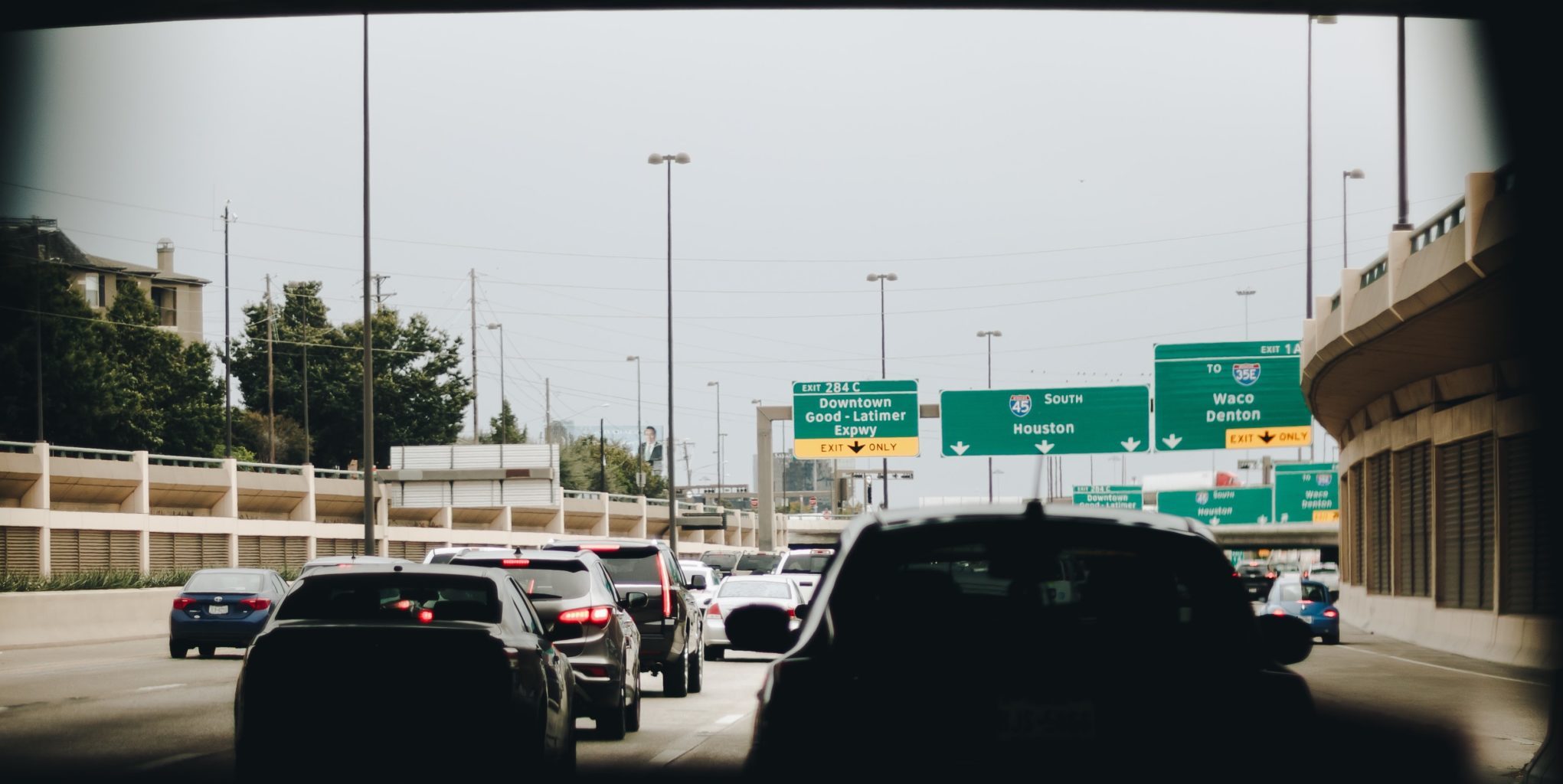
This guest post was authored by Congressman Hank Johnson (GA-04)
Something happened this summer that could help fundamentally fight climate change, transform how Americans get from point A to point B by reducing the number of cars on our clogged roadways, and give people more freedom of choice in how they travel, all the while cutting emissions and saving the planet.
I am referring to the Greenhouse Gas rule the Federal Highway Administration (FHWA) quietly proposed in July, which can help prioritize more funding for transit and active transportation by requiring states and cities to set carbon emission reduction targets for transportation. Under the terms of the rule, both state DOTs (Departments of Transportation) and Metropolitan Planning Organizations (MPOs) would be required to report their progress on meeting their emissions goals twice a year. Given that transportation is the largest source of emissions in the U.S., we’re long overdue for our public officials to get a handle on it.
With billions of dollars now flowing to state DOTs from the bipartisan infrastructure law signed by President Biden in November 2021, the timing for this rule could not be more critical.
Across Georgia and the rest of the country, local communities are clamoring for more investment in public transit and more alternatives to driving. And yet state DOTs have historically spent the lion’s share of the federal transportation money they receive on roadways, locking us into decades of auto dependency and leaving a pittance leftover for transit and safe streets projects.
Federal law allows for money from President Biden’s Infrastructure Investment and Jobs Act (IIJA) to be used for non-road projects; it simply requires the state to “flex” (or transfer) the funds to other uses. Enactment of the Greenhouse Gas rule will not foreclose spending on roads where it’s needed, but it will provide additional motivation and evidence for state DOTs to make the funding transfers necessary to support transit, walking, and biking.
We need our state departments of transportation to be open to new ideas – not stuck on the old treadmill of building and expanding highways. We know that highway expansion harms our health and the environment, doesn’t solve congestion, tears apart communities, and creates a lasting financial burden in many ways.
That’s why I’m so excited about this proposed rule requiring states and cities to set carbon reduction targets related to transportation: it incentivizes our decision-makers to invest more in smarter transportation options. With the adoption of this rule, the public will have the information necessary to hold our states accountable for providing a less polluting, safer, and more connected transportation system.
While so many public policy priorities are aligning – unprecedented investment in transportation infrastructure and cleaner modes of transport, new rules to help us measure and reduce our carbon emissions from cars, and historic progress in advancing cleaner air through clean transportation – we must strike now while momentum is building.
Please join me in supporting this rule and advocating at the state level for the type of transportation investments that will finally give us choices for how we move around.
Congressman Johnson is a senior member of the House Transportation & Infrastructure Committee, and sits on the Highways & Transit Subcommittee